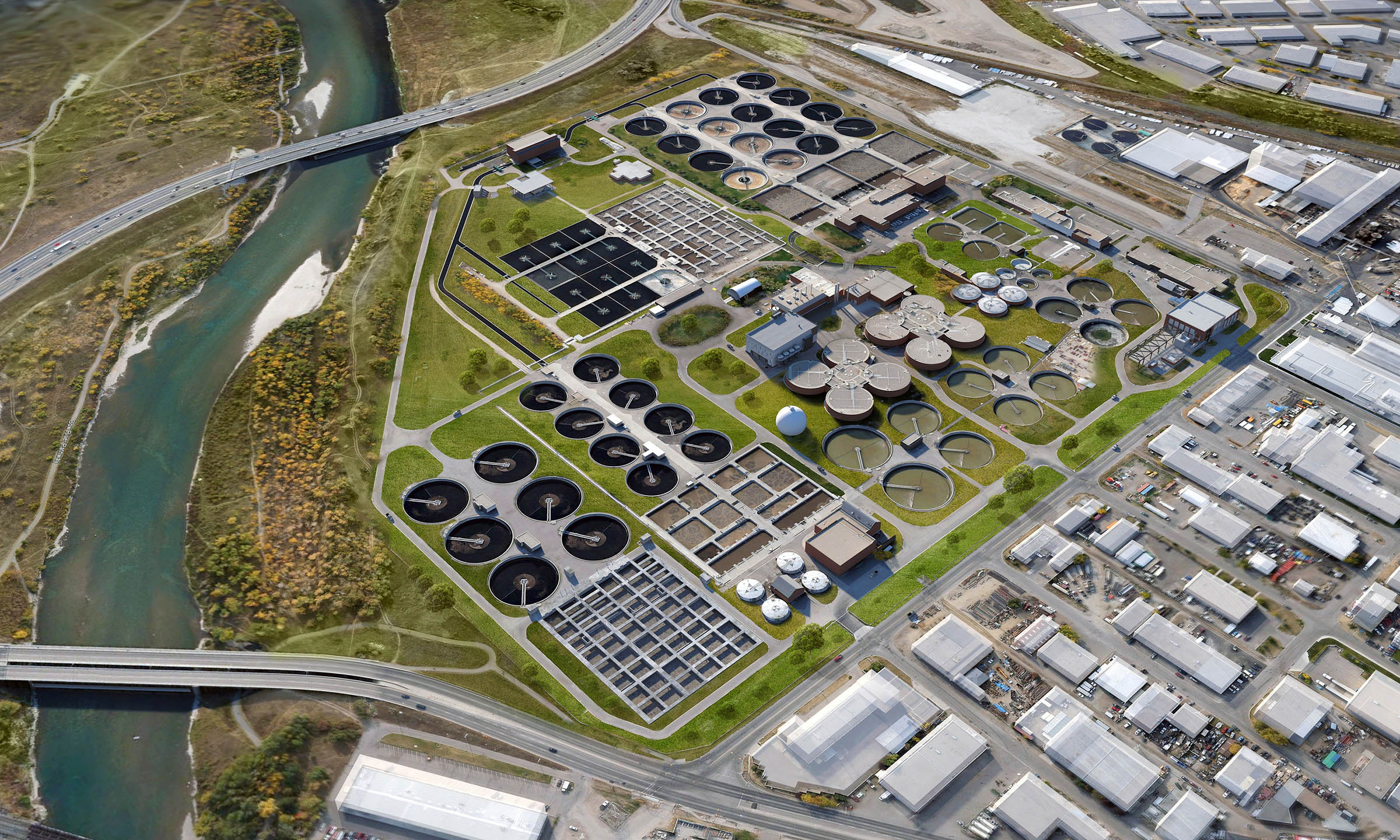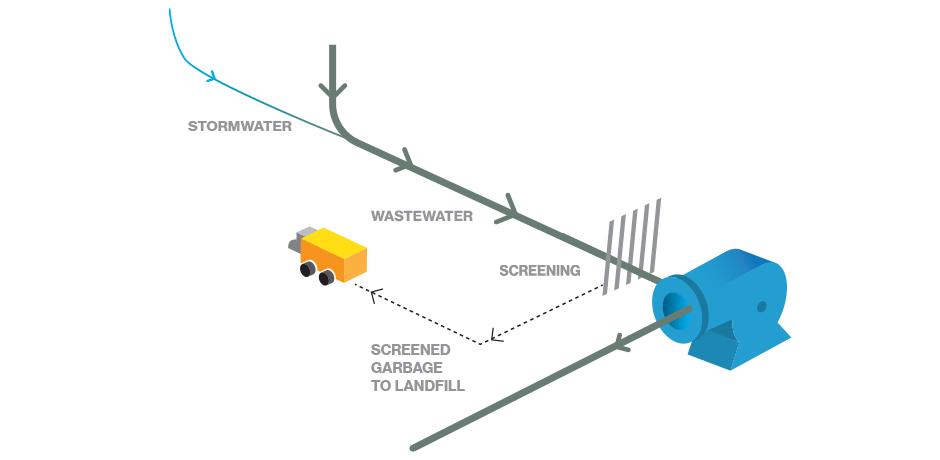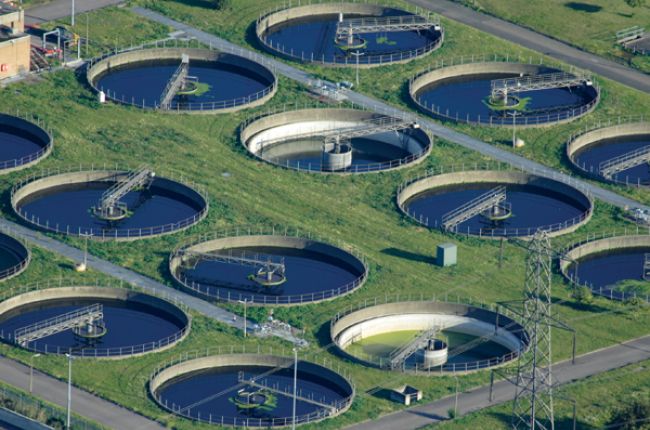Innovative Methods to Waste Water Treatment Technologies
Strategic Approaches to Enhance Waste Water Therapy Efficiency and Decrease Ecological Effect
In the world of drainage therapy, the quest for enhanced effectiveness and decreased ecological effect is a perpetual difficulty that demands strategic services. As culture faces the crucial to handle water resources sustainably, a nuanced approach comes to be necessary. The assimilation of innovative treatment innovations, energy-efficient procedures, resource recovery techniques, enhanced nutrient removal techniques, and clever monitoring and control systems stands for a complex structure for addressing these pushing concerns. However, what exists at the core of this facility internet of approaches is the prospective to revolutionize the way we come close to drainage treatment, not equally as a process of disposal, yet as a valuable chance for technology and ecological stewardship.
Advanced Therapy Technologies
Innovative membrane filtering systems have actually reinvented advanced wastewater therapy processes, considerably boosting the removal of pollutants. These innovative systems function by compeling water through a semi-permeable membrane, efficiently dividing pollutants from the water stream. The membrane layer's microscopic pores trap contaminants such as microorganisms, viruses, and suspended solids, enabling just detoxified water to pass through. This innovation has shown to be very reliable in removing a wide variety of pollutants, including drugs, hefty metals, and organic compounds, which are often testing to get rid of via typical treatment approaches.
In addition, membrane layer purification systems supply many advantages over traditional treatment strategies. Furthermore, these systems are very functional and can be quickly incorporated into existing treatment plants or used as standalone devices for decentralized applications.
Energy-Efficient Processes
The combination of energy-efficient procedures in wastewater therapy systems is crucial for optimizing resource use and reducing operational expenses. One crucial method to improving energy effectiveness in wastewater therapy is the application of innovative aeration systems, such as fine bubble diffusers or surface aerators, which can enhance oxygen transfer efficiency and decrease energy usage.
Moreover, maximizing procedure control and automation via the use of sophisticated sensors and keeping track of systems can improve general energy effectiveness by changing operations in real-time based on real demand and conditions. Applying power audits and frequently keeping an eye on energy efficiency signs are necessary methods to determine areas for enhancement and track energy-saving campaigns successfully. Generally, the adoption of energy-efficient processes in wastewater treatment not just benefits the environment yet additionally adds to long-term expense savings and functional sustainability.
Source Recovery Strategies
With a concentrate on maximizing resource utilization and sustainability in wastewater therapy systems, the application of resource recuperation approaches becomes a critical aspect in boosting functional effectiveness. Resource recuperation techniques in wastewater treatment include the identification and removal of important resources from the waste stream, consequently turning what was as soon as taken into consideration waste into a beneficial possession. By implementing source recovery strategies such as nutrient removal and recovery, energy generation from raw material, and the manufacturing of recyclable water, wastewater therapy plants can lessen blog here ecological effect while optimizing effectiveness.

Enhanced Nutrient Elimination Methods
Carrying out innovative nutrient removal techniques is essential for optimizing the performance of wastewater treatment systems. Improved nutrient elimination plays a critical function in reducing the ecological influence of cured effluent discharged right into water bodies. Among the essential strategies made use of for improved nutrient removal is the procedure of biological nutrient elimination (BNR), which involves the removal of nitrogen and phosphorus via organic processes. This can be attained via making use of specialized bacteria that can convert nitrogen substances into inert nitrogen gas with denitrification, and build up phosphorus within their cells through a procedure called enhanced organic phosphorus removal (EBPR)

In addition to BNR, progressed therapy approaches such as membrane layer bioreactors (MBRs) and created marshes can likewise be utilized to enhance nutrient removal effectiveness. By integrating these sophisticated nutrient removal techniques into wastewater treatment municipalities, sectors and systems can properly reduce nutrient pollution and shield the setting.
Smart Tracking and Control Systems
Making use of cutting-edge technology, the assimilation of wise monitoring and control systems changes the functional efficiency of wastewater therapy centers. These systems incorporate innovative sensors and information analytics to constantly keep track of essential criteria such as pH levels, turbidity, liquified oxygen, and flow prices in real-time. By gathering and examining this data, operators can gain useful insights right into the performance of the therapy processes, making it possible for proactive changes to optimize therapy efficiency.
Smart surveillance and control systems also sustain remote monitoring abilities, permitting operators to accessibility real-time data and control features from off-site locations. This remote availability read this article enhances functional adaptability and responsiveness, allowing speedy interventions in situation of system breakdowns or fluctuations in influent high quality. Furthermore, the predictive upkeep capabilities of these systems help stop equipment failures and lessen downtime, inevitably improving the general integrity of wastewater treatment procedures (Waste see page Water Treatment).
Conclusion
In final thought, critical strategies such as innovative therapy modern technologies, energy-efficient procedures, source recovery strategies, boosted nutrient removal methods, and wise tracking and control systems play an essential role in enhancing wastewater therapy efficiency and reducing environmental impact. By executing these methods, wastewater treatment plants can enhance their general performance, decrease energy consumption, recuperate beneficial sources, and make sure conformity with environmental policies. These methods are important for efficient and lasting wastewater monitoring methods.

In verdict, calculated techniques such as advanced treatment modern technologies, energy-efficient processes, source recovery methods, improved nutrient elimination techniques, and wise surveillance and control systems play a vital role in improving wastewater therapy efficiency and reducing ecological influence.